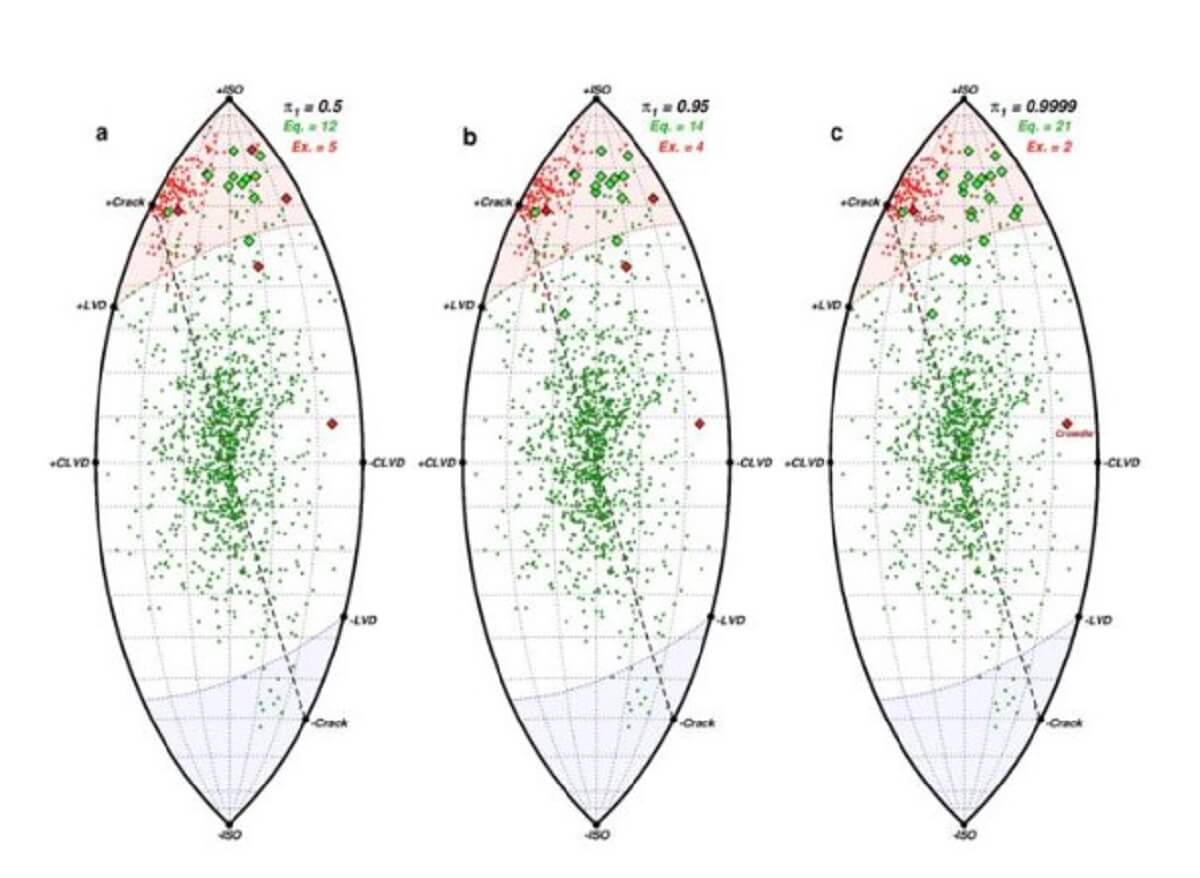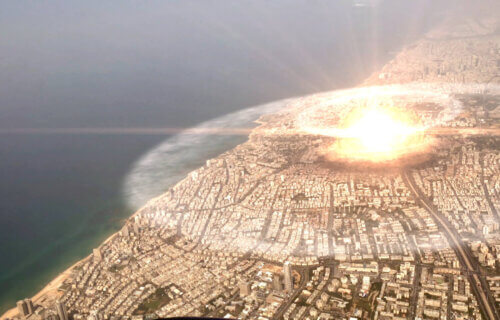CANBERRA, Australia — Was that an earthquake or a secret nuclear test? There’s a new way to tell now. Scientists have created a method that detects underground nuclear tests, boasting a 99-percent accuracy rate, marking a crucial advancement in identifying countries that might be testing nuclear weapons secretly.
The technique is being heralded for its ability to distinguish between nuclear detonations and natural seismic events (earthquakes), a challenge that has stymied previous detection efforts. The breakthrough comes with the invention of seismic moment tensor classification, a sophisticated technique that leverages mathematical models to characterize the seismic source. Moment tensors are essentially a physics-based tool that encapsulates the forces at play during a seismic event, offering a more nuanced way to distinguish between earthquakes and explosions.
This method uses complex math to analyze the way the ground shakes during these events. It’s like telling the difference between the vibrations from a big truck passing by and those from a fireworks display based on how the ground moves.
The researchers highlight the historical context of underground nuclear testing, noting its increase after the Cuban Missile Crisis and the Partial Test Ban Treaty of the 1960s. Although underground testing reduces the risk of radioactive fallout, it still releases significant seismic energy.

“The explosion goes off and you have all this energy that radiates out, which can be measured on seismometers,” says Dr. Mark Hoggard, a principal investigator from the Australian National University (ANU), in a media release. “So, the science problem becomes: how do we tell the difference between that and a naturally occurring earthquake.”
The necessity for improved detection methods became apparent following the misclassification of a North Korean nuclear test in September 2017.
“By using some revised mathematics and more advanced statistical treatment, we have managed to improve the classification success rate from 82 percent to 99 percent for a series of 140 known explosions from the U.S.,” Dr Hoggard says. “Nuclear testing in the U.S. has largely been carried out in Nevada – in the desert – and there is a thorough seismic record of all those tests, so it provides a really helpful dataset. Our new method also successfully identifies all six of the tests conducted in North Korea from 2006 to 2017.”
Despite these advances, Dr. Hoggard acknowledges the ongoing challenge of covert nuclear testing in various global locations, compounded by the daily occurrence of approximately 55 earthquakes, making it arduous to scrutinize each event for potential suspicion.
“This makes effective methods like ours all the more important. Another positive aspect of our method is that it doesn’t require any new kit. You don’t have to put up new satellites or anything like that, we’re just using standard seismic data,” Dr. Hoggard adds. “It’s also pretty fast, so it’s more or less suitable for real-time monitoring.”
The study is published in the Geophysical Journal International.
SWNS writer James Gamble contributed to this report.
